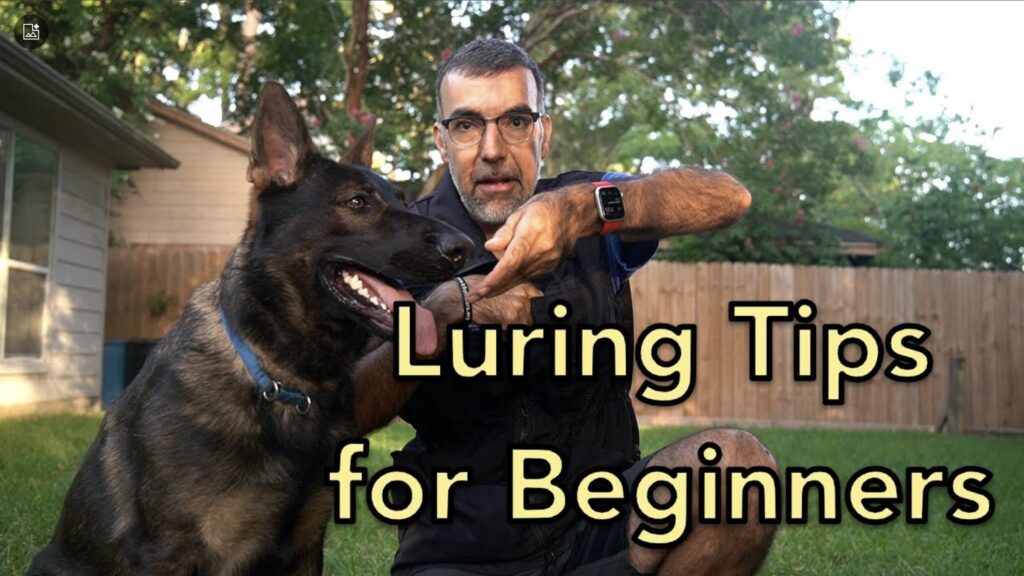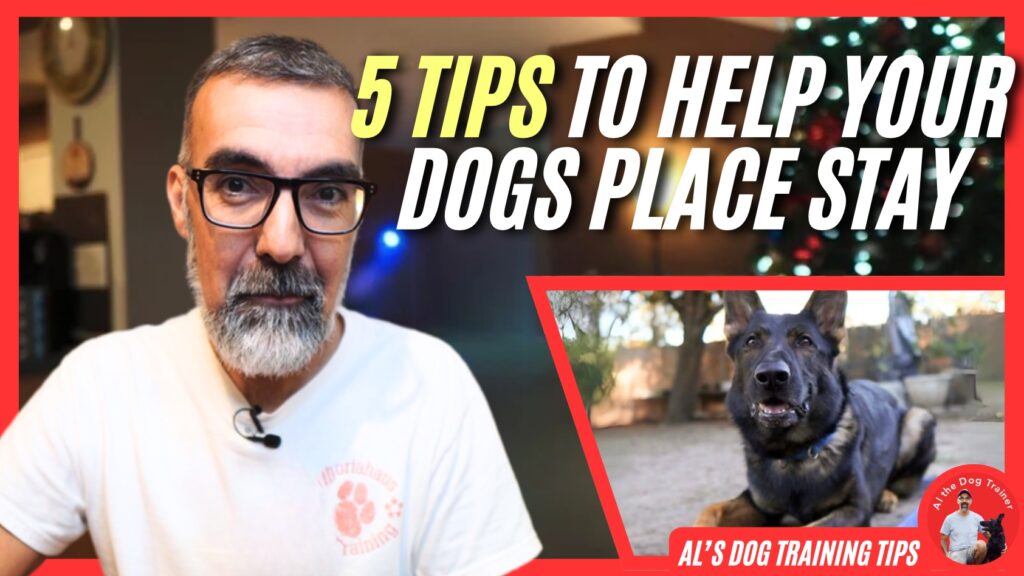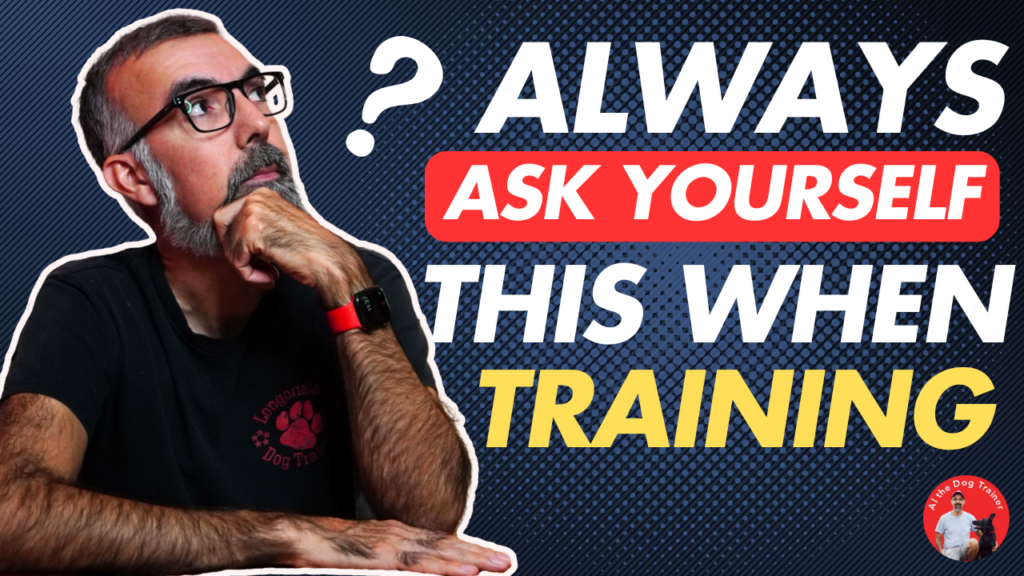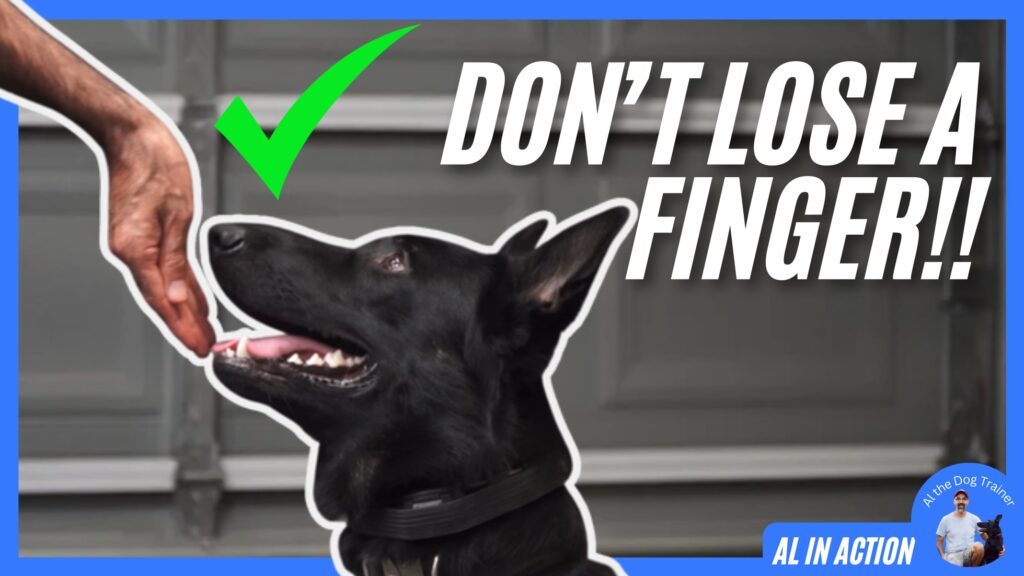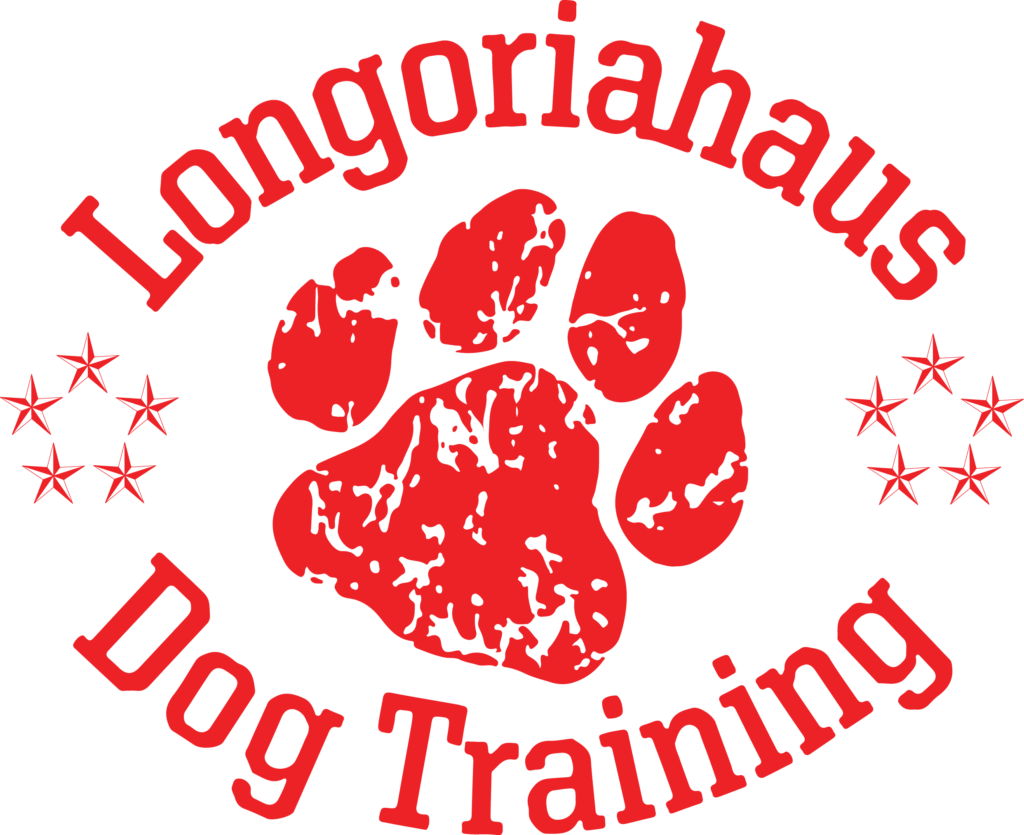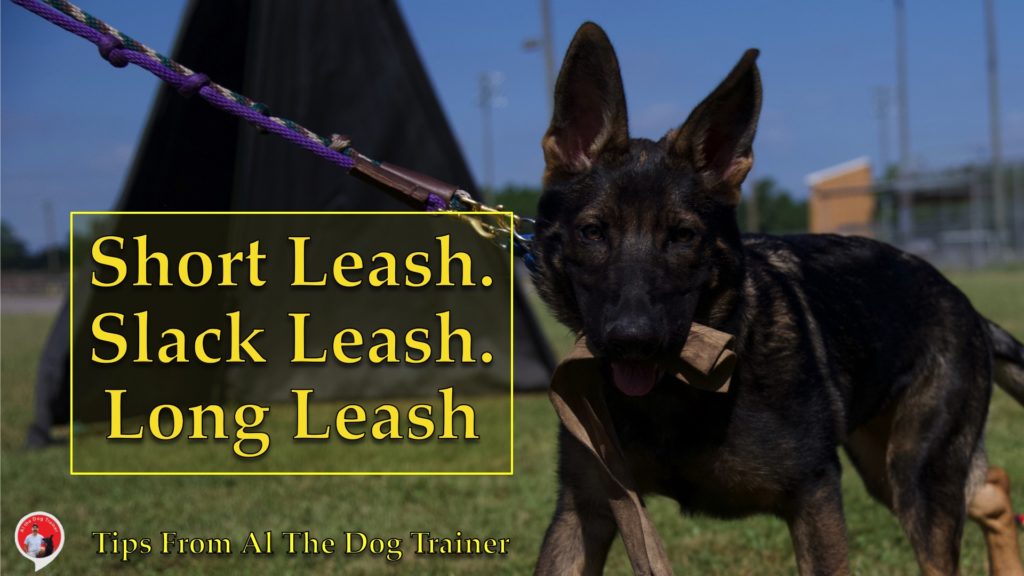
Today’s topic is Short leash, slack leash, long leash. When you’re putting a foundation on your new puppy or your new dog, there are a few things that you want to make sure that you’re getting right. So today, I will share a useful progression that I think will really help you get more out of your training. I want to share the progression from a short leash to a slack leash to a long leash. These three steps are important to forming really nice leash walking skills and coming when called skills. So let me talk a little bit about each one.
Short
So first up is the short leash. A short leash technique is an important one when you first start out walking your dog. I like to go on many structured walks with a young pet dog. I feel that they’re going to really benefit greatly. Now, when I talk about structured walks on a short leash, what is it that I’m actually creating?
I’m trying to create a heeling position where the dog is on the left-hand side and is aware of where they should be relative to my body. I think those two things should be on the left, but you could also train them on the right. Typically, I have a dog on a Martingale collar or something of that type. I’ll basically give them maybe two to three inches worth of slack. The vast majority of my walks will look this way.
Now during that walk, I’m also going to practice a few different techniques. The next technique that I’m going to practice after my short leash is the slack leash technique.
Slack
Okay, so let’s say that you’ve got your short leash technique down. You know what you’re doing. Your dog is generally in heel position. They should be behind the front of your body on the left-hand side. The slack leash technique will help you give your dog more freedom while still managing that heeling position. When you transition from a short leash to a slack leash, you should see an increase in attention from your dog.
Yes. When you’re on a short leash, it really manages your dog from the neck down. It doesn’t really manage their head all that much. So your dog is in heel position, but they’re still able to look around everywhere they want without any consequence. If your dog is paying attention to you while you’re on a short leash, you should be reinforcing that. When you go to a slack leash technique and your dog is aware of proper heel position. Now, you can actually begin to add higher rewards and some consequences for your dog actually being in the heel position.
One of the key components to nice slack leash walking with a dog is that each time the dog loses attention, their eyes can no longer see your moving legs. When you move away, that type of technique is going to quickly teach your dog that they should make sure that they’re watching their eyes. So that way, they can avoid what happens on the collar.
This puts you in a great position because if your dog remembers their short leash training, they’ll quickly remember to get back into heel position. It gives you that wonderful opportunity to reinforce your dog for actually moving along well with you. Now, there’s a lot of different ways that you can go about reinforcing your dog. When the dog is in that heel position, you should begin to reward them with food, petting, and praise.
Let’s say that you’ve invested a couple of weeks into getting your dog to walk on a short leash and a slack leash as you see fit. This is when I begin to introduce a 10-15 foot long line or long leash.
Long
What I want to do is I want to transition from a short leash to a slack leash. To even on the same walk, releasing the dog to go out and do a little bit of wandering. Let the dog sniff around; let them be more of a dog as you’re doing this. This is a perfect opportunity to begin to continue the work of teaching your dog to come every time that you call them.
I typically take about 2-3 weeks working on a short leash as I progress with my clients. And a slack leash and then teaching them to start working the dog on the long leash technique.
Whereas on my dogs, I might show them all three techniques on any given walk. I’ll always emphasize that the slack leash technique is the most important if I’m early on in the process with my own personal dogs.
Well, I hope today’s tip was really useful for you. Remember, you can visit my YouTube Channel for more tips or find them right here on my website www.longoriahausdogtraining.com.
Happy Training!

